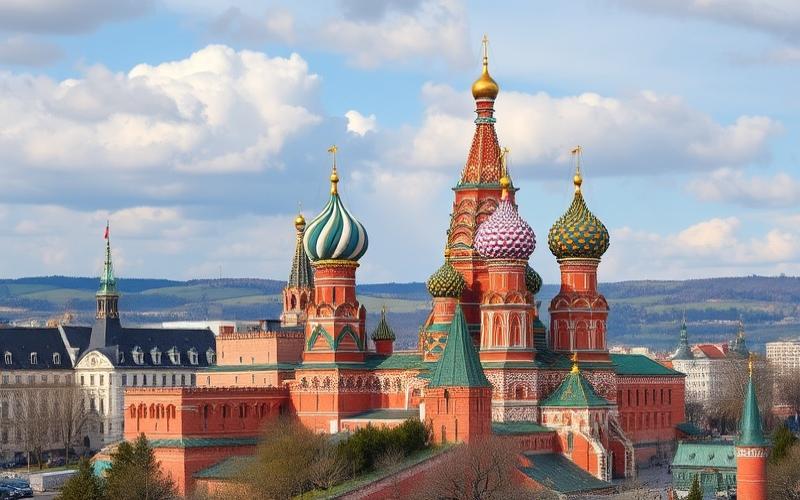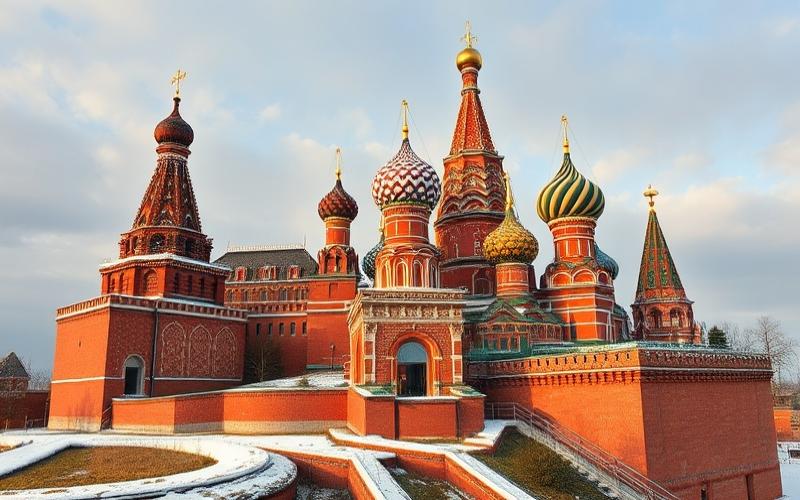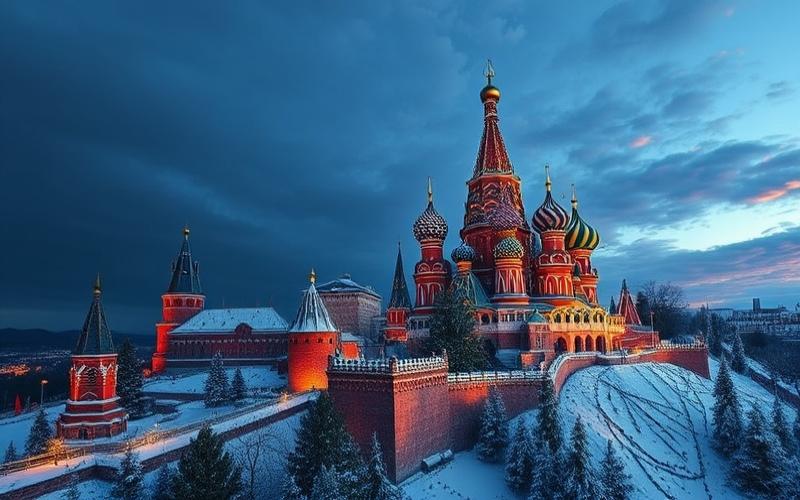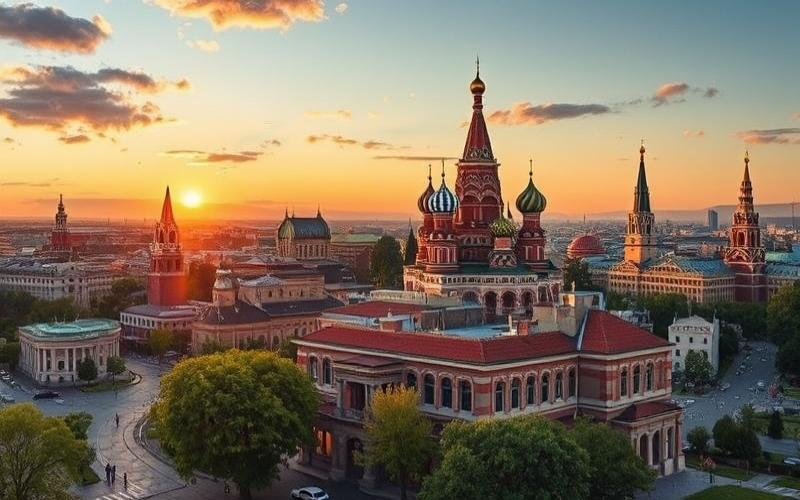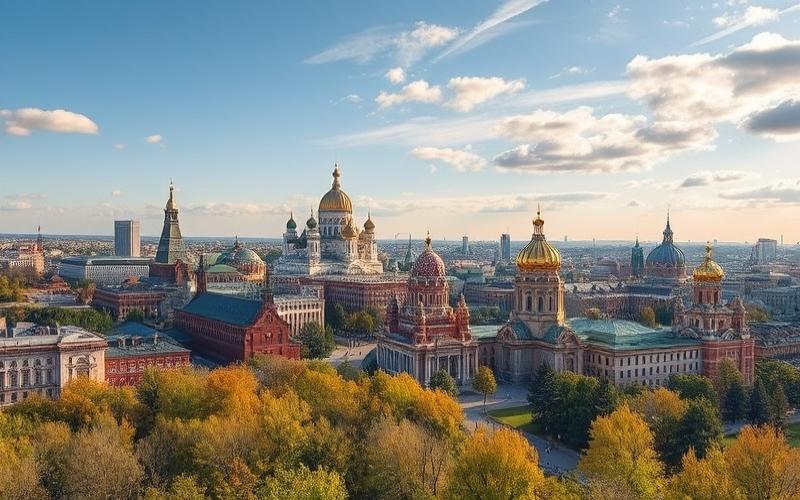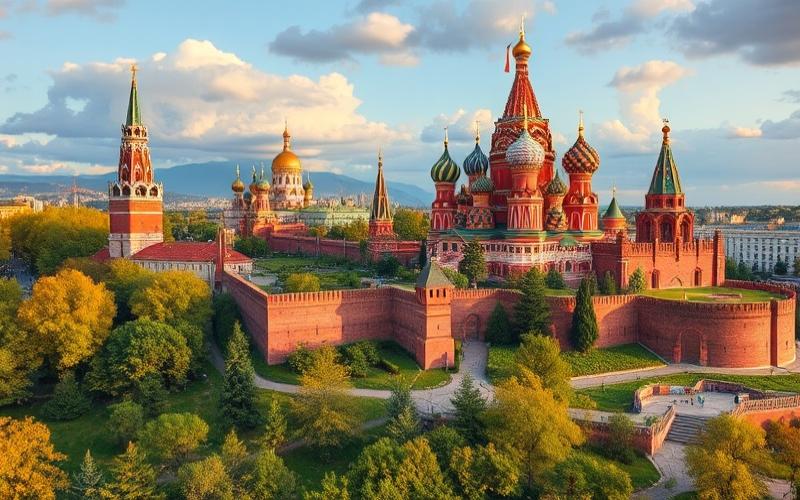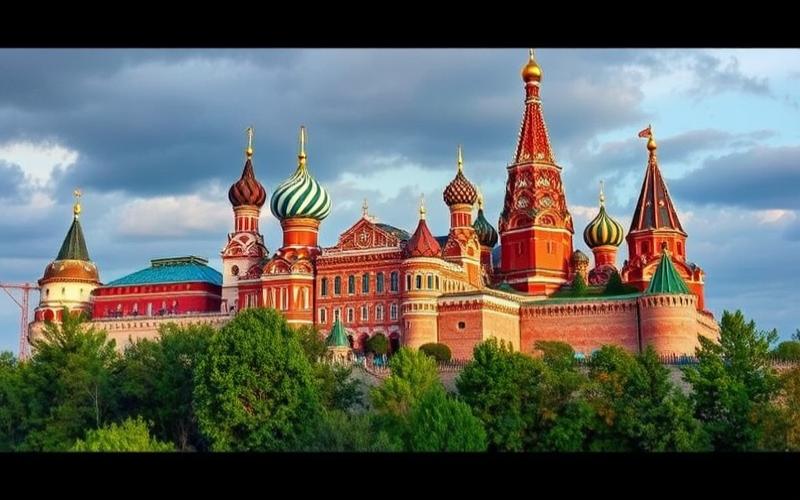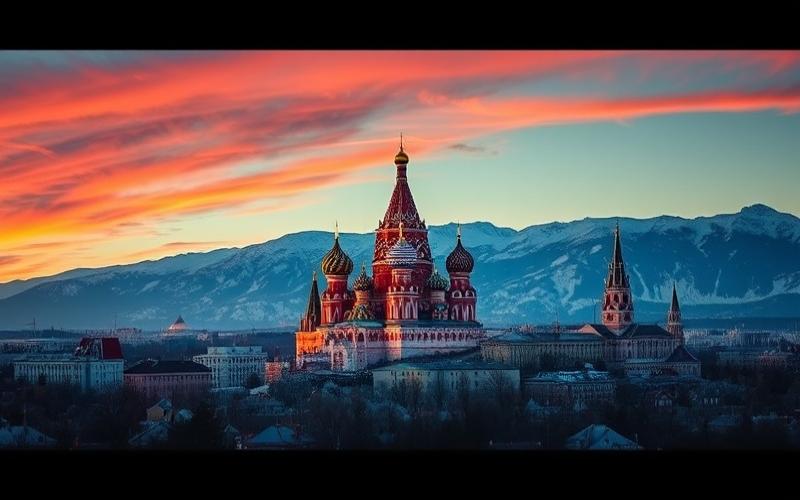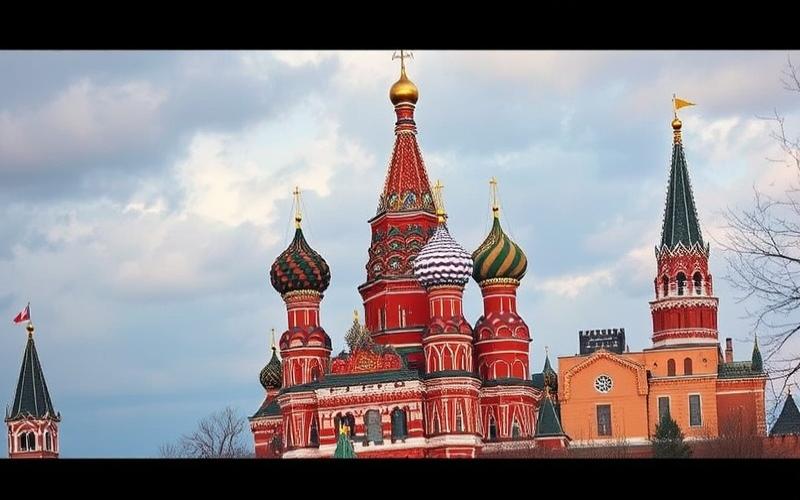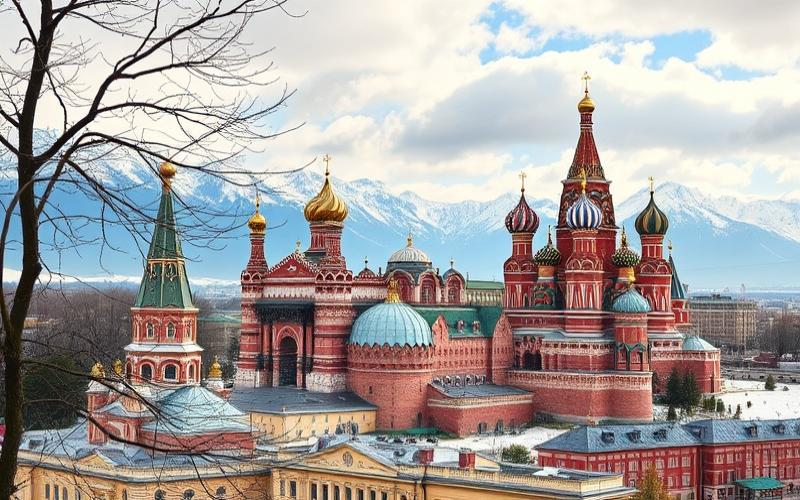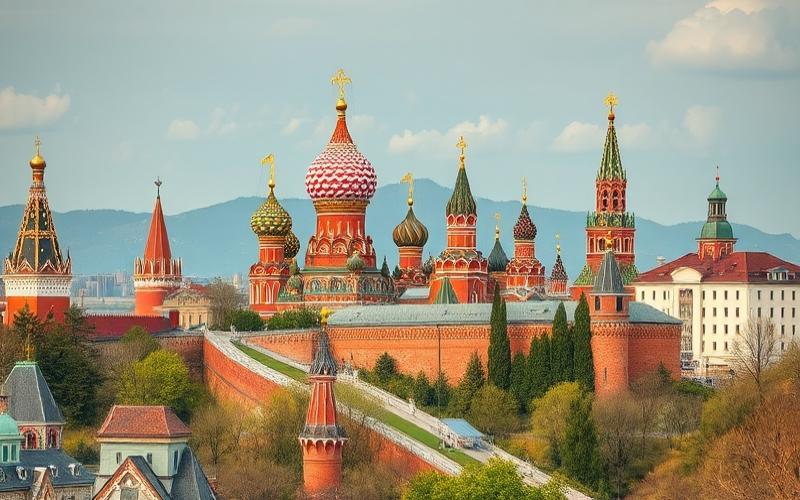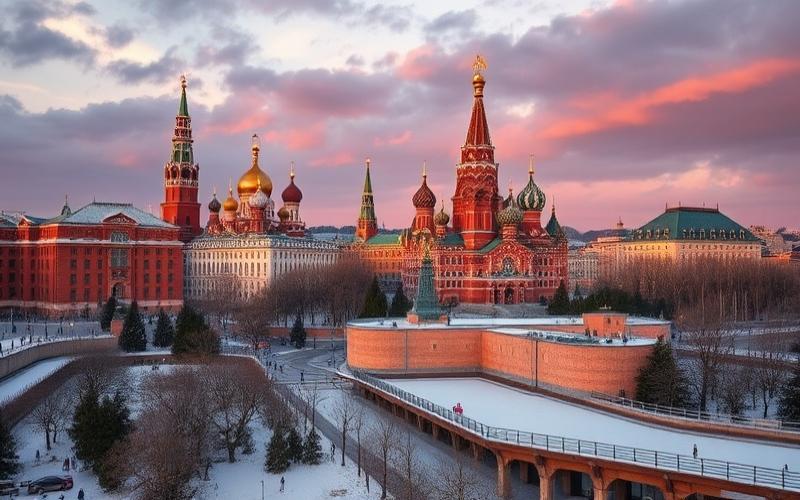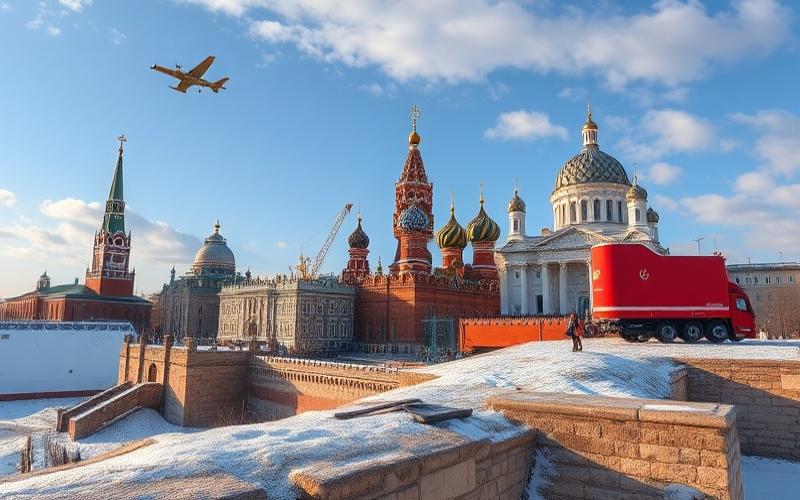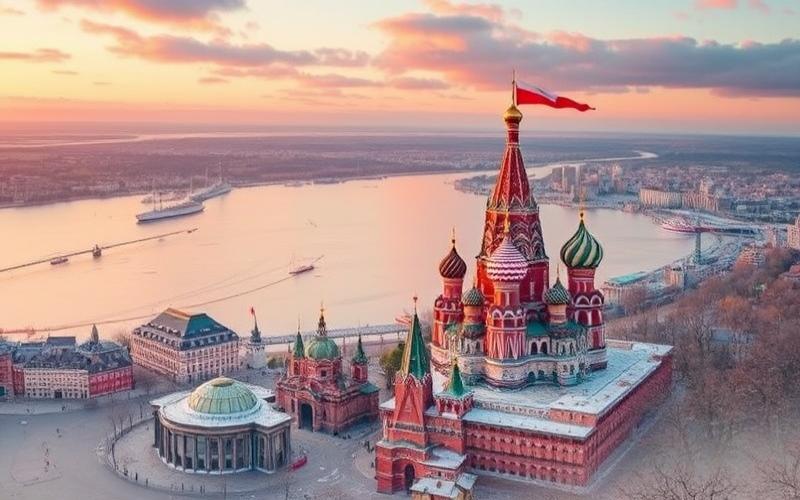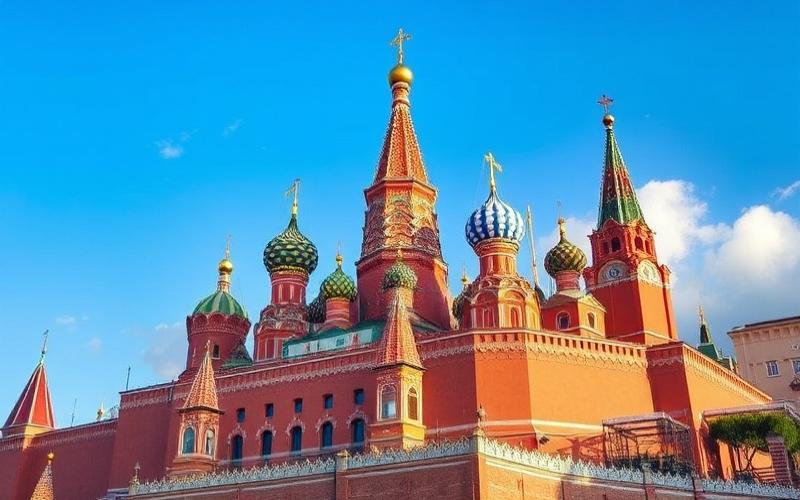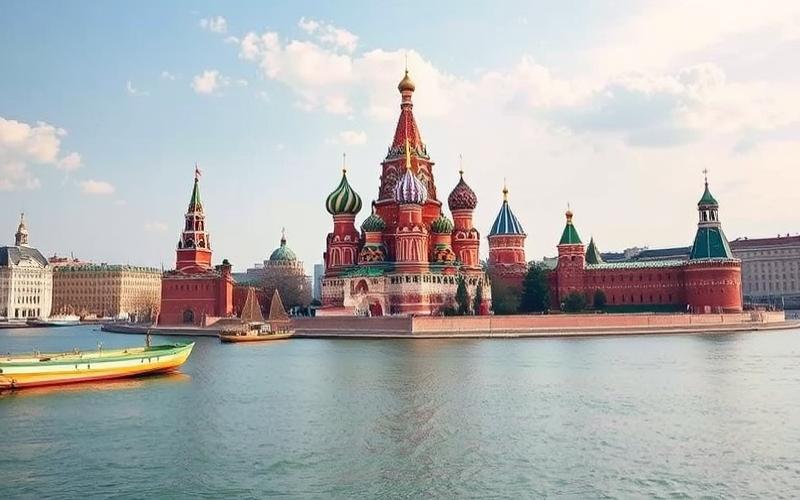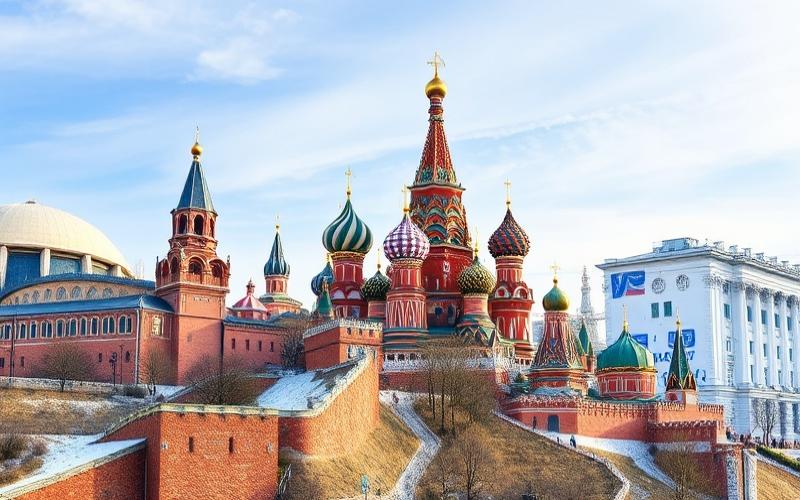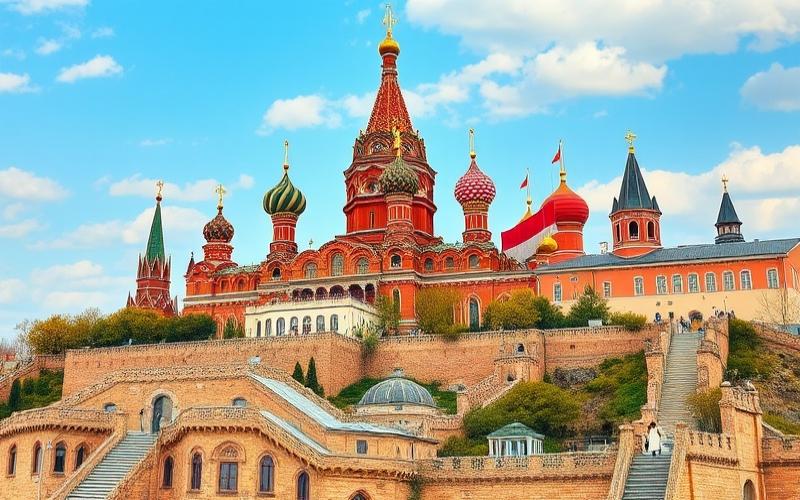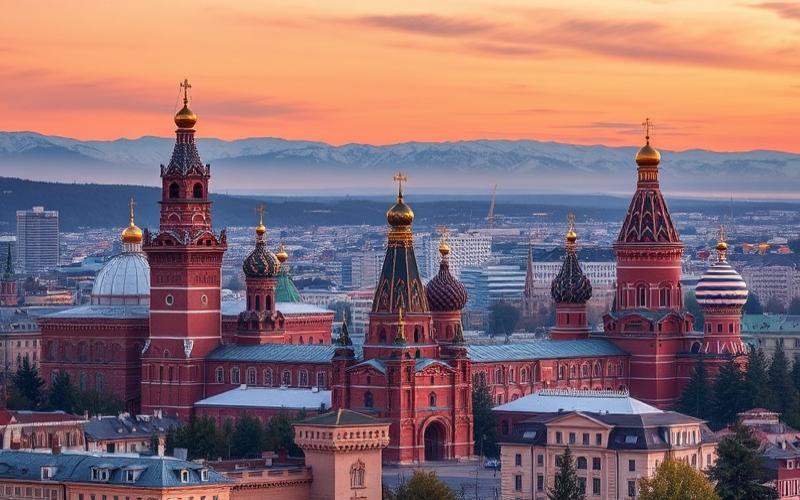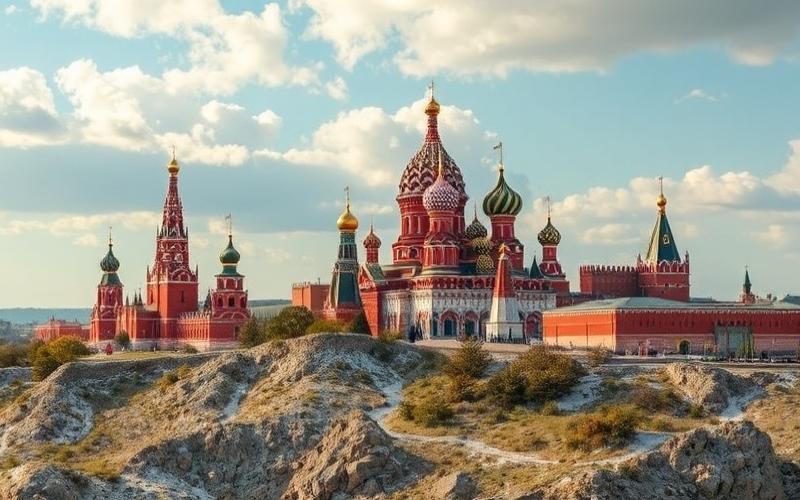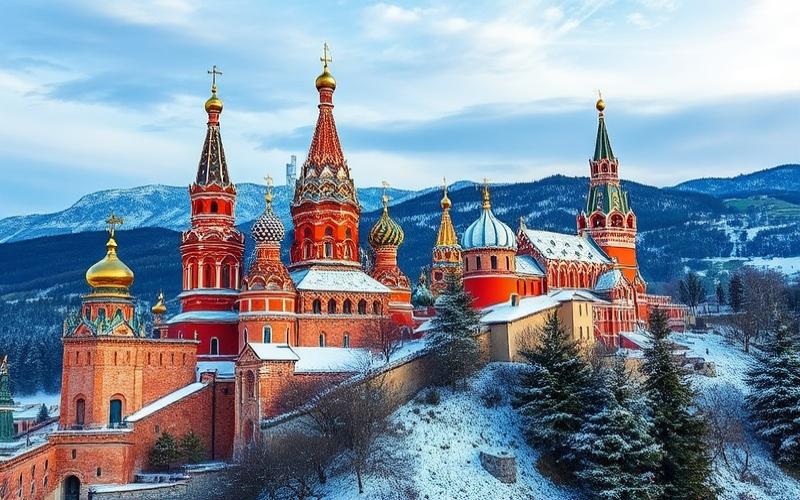
 Published on and written by Cyril Jarnias
Published on and written by Cyril Jarnias
Importing a vehicle into Russia may seem like a daunting challenge, but with a thorough understanding of current procedures and regulations, the process becomes significantly more accessible.
When navigating the intricacies of the Russian market, it’s crucial to master the legal and administrative aspects as well as the customs duties that may arise.
This article will guide you through each step, highlighting essential tips and recommendations to transform a complex procedure into a smooth experience.
With rigorous planning, importing a vehicle into Russia can proceed seamlessly while respecting legal and budgetary requirements.
Customs Formalities for Importing a Vehicle into Russia
Required Documents for Vehicle Importation into Russia
- Vehicle Title Certificate (proof of ownership)
- Certificate of Compliance (certifying the vehicle meets Russian or Eurasian standards)
- Emission Certificate (proving environmental compliance)
- Proof of Purchase (invoice or sales contract)
- Vehicle Insurance
- Customs Duty Payment Receipt
- Customs Declaration TD-6 (including make, model, VIN number)
- Notarized translation of certain documents, upon request
Customs Declaration Steps
- Present the vehicle at the Russian border for initial inspection.
- Transport the vehicle to the customs office at the place of residence within the allotted timeframe.
- Complete the customs declaration (TD-6 form).
- Attach all required documents to the declaration.
- Payment of customs duties and obtaining payment receipt.
- Verification and validation by customs inspector.
- Issuance of warranty certificate and other official documents.
Applicable Import Taxes and Duties
| Type of Tax/Duty | Calculation Basis | Indicative Rate |
|---|---|---|
| Customs Duty | Vehicle Value (CIF) | 15% to 48% depending on age and type |
| Import VAT | Vehicle Value + Duties | 20% |
| Emission Tax | Environmental Standards | Variable depending on engine type |
- The customs duty varies according to the vehicle’s year, engine displacement, and category (new/used).
- VAT applies to the total value (vehicle + customs duties).
- Additional fees may apply (processing fee, temporary storage, etc.).
Vehicle Registration Process in Russia
- Present the vehicle and documents to the Traffic Police of the Ministry of Internal Affairs (GIBDD).
- Submit the complete file (including certificate of compliance and customs receipt).
- Perform mandatory technical inspection (safety, emissions, compliance verification).
- Issuance of Russian license plates and registration certificate.
Technical and Emission Controls
- Technical inspection (safety, mechanical compliance)
- Pollutant emission control according to Russian/European standards
- Presentation of emission certificate, if required
Involved Agencies and Authorities
- Russian Federal Customs Service (ФТС России): customs clearance management, duty collection
- Ministry of Internal Affairs (GIBDD): registration, license plate issuance, technical inspection
Practical Tips to Facilitate the Import Process
- Work with a specialized customs broker to prepare and verify all documents
- Use an experienced international transport company for shipping and logistics
- Plan for notarized translations of foreign documents
- Anticipate administrative and customs delays (1 to 3 days for customs clearance with complete file)
- Inquire about temporary restrictions or new regulations in effect
- Compare total import cost with local price to assess profitability
Note: Some import restrictions may apply depending on the vehicle’s origin, geopolitical situation, and temporary restrictive measures.
Good to Know:
Budget for import duties, typically 30% of the vehicle’s value, and work with an experienced customs broker to ensure your declaration meets standards. Make sure you have the title certificate, compliance and emission certificates, and proof of purchase to speed up the customs clearance process.
Understanding Road Taxes for Imported Vehicles in Russia
Types of Road Taxes Applied to Imported Vehicles in Russia
Vehicles imported into Russia are subject to several taxes and fees when putting them into circulation:
- Customs Duties
- Value Added Tax (VAT)
- Recycling Fee (“scrappage fee”)
- Administrative/Customs File Fees
Vehicle Classification Influencing Taxation
| Criterion | Tax Impact |
|---|---|
| Weight | Heavy vehicles generally pay higher rates |
| Engine Displacement | Higher displacement increases the unit rate (€/cm³) |
| Vehicle Age | Rates vary significantly by age: cheaper for newer vehicles |
| Fuel Type | Electric or hybrid vehicles may benefit from tax advantages |
Concrete examples by age and displacement:
- Less than 3 years: duties = 48% of vehicle value
- 3 to 5 years: duties = approximately €2.5/cm³
- Over 5 years: duties = approximately €3.5/cm³
Administrative Procedures for Tax Calculation and Payment
- Import declaration with Russian customs authorities
- Provision of documents:
- Purchase invoice
- Certificate of origin
- Vehicle technical documents
- Russian Technical Passport (PTS)
- Calculation by customs services:
- Duties according to age/displacement/value/fuel type
- Payment to:
- Federal Customs Service of Russia
- Local tax administration for VAT
Documents Required for Final Importation
- Completed customs declaration
- Original commercial invoice (+ Russian translation)
- Russian Technical Passport (PTS)
- Ecological certificate if required by type/make
Recent Example – Case Study
Toyota Land Cruiser, model year 2018, 4.5L engine purchased for €45,000:
- Customs duties (~€25,000; calculated on displacement/age)
- File fees (~€300; flat fee for administrative processing)
- Recycling fee (~€17,000, variable by power/age)
Total payable upon final importation: ~€43,000
Evolution Perspectives & Environmental/Legislative Context
Recent policies aim for a progressive increase in taxes on imported cars to:
- Support domestic production through subsidies to local manufacturers.
- Encourage fleet renewal with less polluting models.
- Align practices with environmental objectives (increased recycling fee).
The government plans annual indexing (+10–20%) until 2030 along with rapid increases in the “recycling fee” for all types, especially large combustion engines.
Summary Table – Projected Evolution Until 2030:
| Year | Recycling Fee Increase (%) | Stated Objective |
|---|---|---|
| October ’24 | +70–85 | Support local industry |
| January ’25 | New indexing | Energy transition |
| Until ’30 | +10–20/year | Reduce pollution/imports |
Legislative changes could further favor:
- Electric/hybrid vehicles through exemptions or targeted reductions.
The current dynamic is therefore one of increasing taxation oriented toward national industrial protection and stricter compliance with environmental imperatives.
Sample Toyota Land Cruiser Total Import
Duties: ~€25,000 • File Fees: €300 • Recycling Fee: €17,000
Final Total Payable: €43,000
Good to Know:
Road taxes in Russia for imported vehicles include customs duties and VAT, with variations based on the vehicle’s weight, engine displacement, age, and fuel type; for example, a diesel vehicle over 3 years old with displacement above 3000 cm³ is subject to a higher rate. Administrative procedures require documents like the certificate of compliance and customs assessment, and must be processed with regional customs authorities.
Obtaining a Driver’s License in Russia for Expatriates
General Process for Obtaining a Russian Driver’s License for Expatriates
Expatriates who wish to drive in Russia for more than 60 days must obtain a Russian driver’s license.
You must contact the GIBDD (State Traffic Safety Inspectorate) for all procedures related to obtaining or exchanging a license.
The main steps are:
- Registration with the Ministry of Internal Affairs at the place of residence.
- Passing a medical examination at an accredited facility.
- Passing the theoretical exam on traffic rules.
- Passing the practical driving test.
Required Documents for Expatriates
- Valid passport and visa or residence permit.
- Residence registration in Russia.
- Medical certificate issued by an accredited clinic.
- Foreign driver’s license (if exchanging or converting).
- Official translation of foreign license (if required).
- ID photos meeting Russian standards.
- Receipt of administrative fee payment.
Translation or Conversion of Foreign License
Until April 1, 2025, a valid foreign or international license can be exchanged for a Russian license without examination (for those legally residing in Russia before this date).
After April 1, 2025, foreign and international licenses will no longer be recognized: you will then need to obtain a Russian license by passing the exams.
A certified translation of the foreign license is generally required for exchange.
Required Tests and Passing Conditions
Theoretical Exam: Questions on Russian traffic rules (in Russian).
Practical Exam: Driving test on closed circuit and in real traffic.
Both exams must be passed to obtain the license.
Training at a Russian driving school (approximately 50 hours) is often necessary for preparation, especially for non-Russian speakers.
Timelines and Associated Costs
| Step | Typical Timeline | Estimated Cost (2024) |
|---|---|---|
| Registration & File | 1 to 2 days | Included in overall fees |
| Medical Exam | 1 day | 1,500 to 3,000 RUB |
| Driving School Training | 1 to 3 months (depending on schedule) | 30,000 to 50,000 RUB |
| GIBDD Exams | Variable dates, possible waiting | 2,000 to 5,000 RUB |
| License Issuance | 1 to 7 days after passing | 2,000 RUB (tax) |
Possible Regional Differences
Procedures are centralized, but some points may vary:
- GIBDD appointment wait times depending on the region.
- Number of accredited medical centers and their accessibility.
- Availability of courses in foreign languages in major cities (Moscow, Saint Petersburg).
Practical Tips and Resources
- Prepare all translated and certified documents in advance to avoid delays.
- Inquire about availability of courses in English or request assistance for understanding exams.
- Consult official GIBDD websites and your country’s consular services.
- Plan specific training to adapt to particularities of driving in Russia (signage, local behaviors).
Recent Reforms and Changes
- Since April 1, 2024, mandatory for all resident expatriates to convert their foreign license to a Russian license.
- Starting April 1, 2025, foreign and international licenses will no longer be valid for driving in Russia.
- Exchange without examination is only possible until April 1, 2025 for licenses issued before April 1, 2024.
- Digital identification and biometric procedures are being introduced for other administrative processes, which could eventually impact driver’s license formalities.
Key Takeaway: All expatriates in Russia must anticipate converting their license before April 2025 to avoid having to retake all Russian exams. The procedure requires administrative, linguistic, and financial preparation.
Good to Know:
Expatriates must pass theoretical and practical exams to obtain a driver’s license in Russia, and may need to translate or convert their foreign license; timelines and costs vary by region, with recent reforms aimed at simplifying the procedure.
Disclaimer: The information provided on this website is for informational purposes only and does not constitute financial, legal, or professional advice. We encourage you to consult qualified experts before making any investment, real estate, or expatriation decisions. Although we strive to maintain up-to-date and accurate information, we do not guarantee the completeness, accuracy, or timeliness of the proposed content. As investment and expatriation involve risks, we disclaim any liability for potential losses or damages arising from the use of this site. Your use of this site confirms your acceptance of these terms and your understanding of the associated risks.

